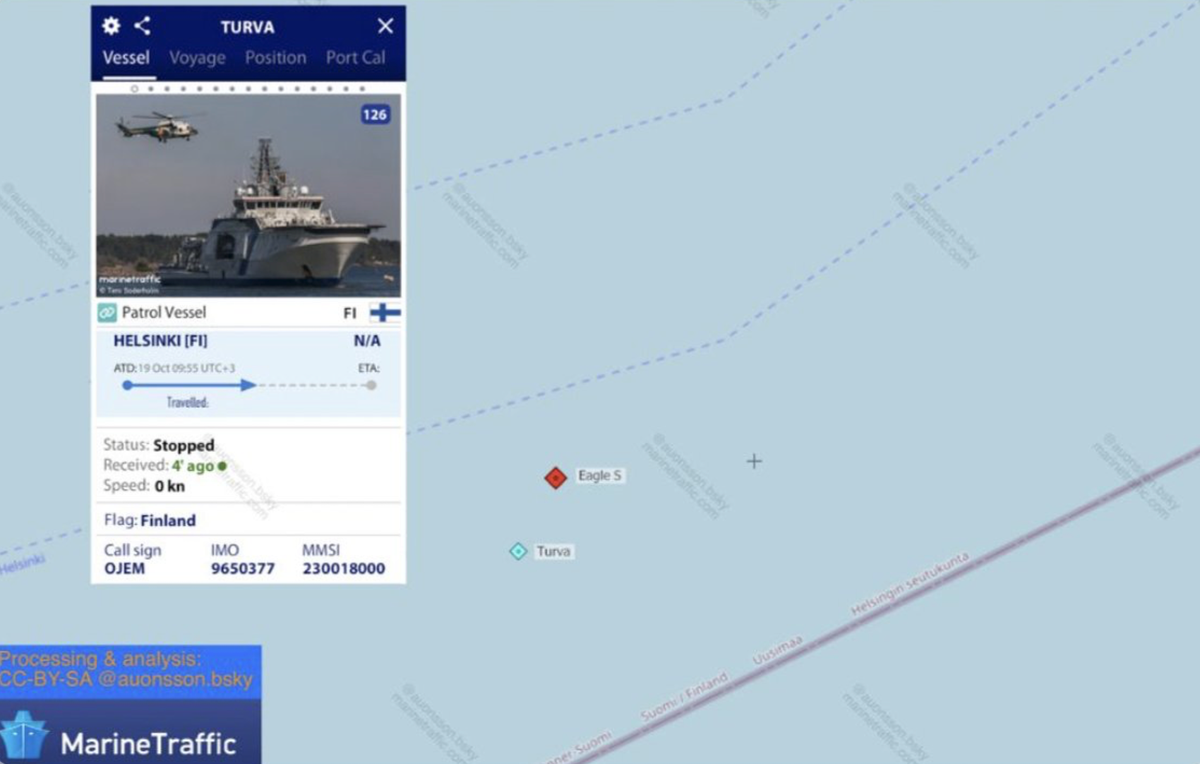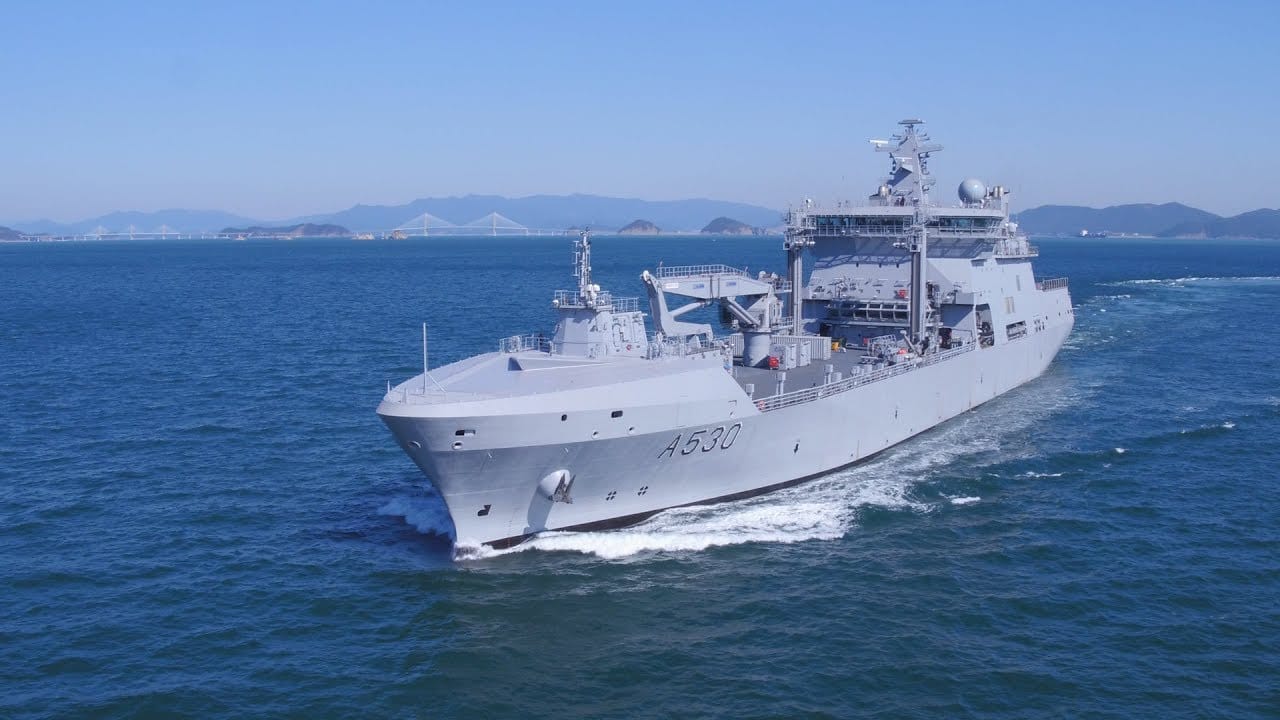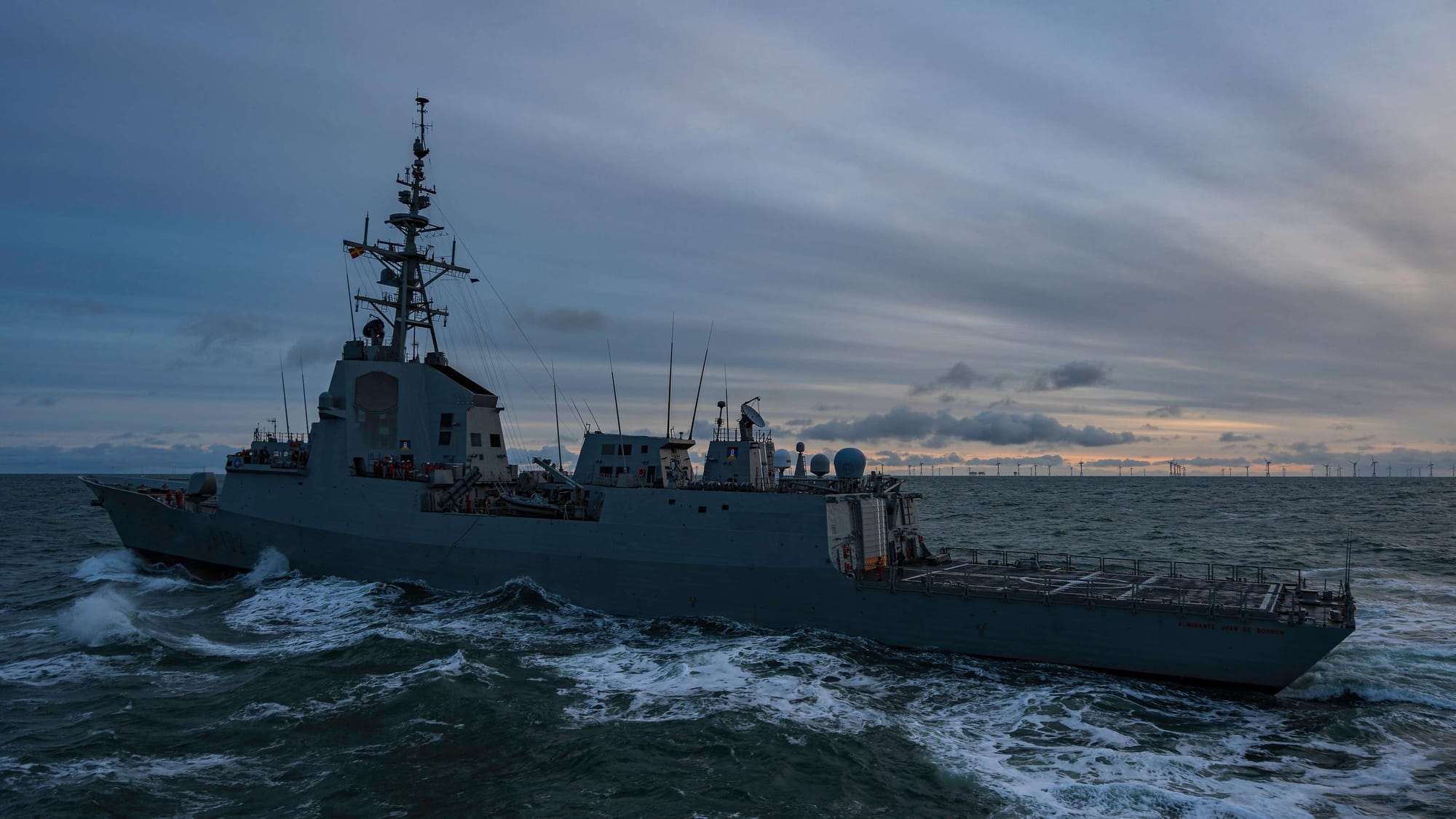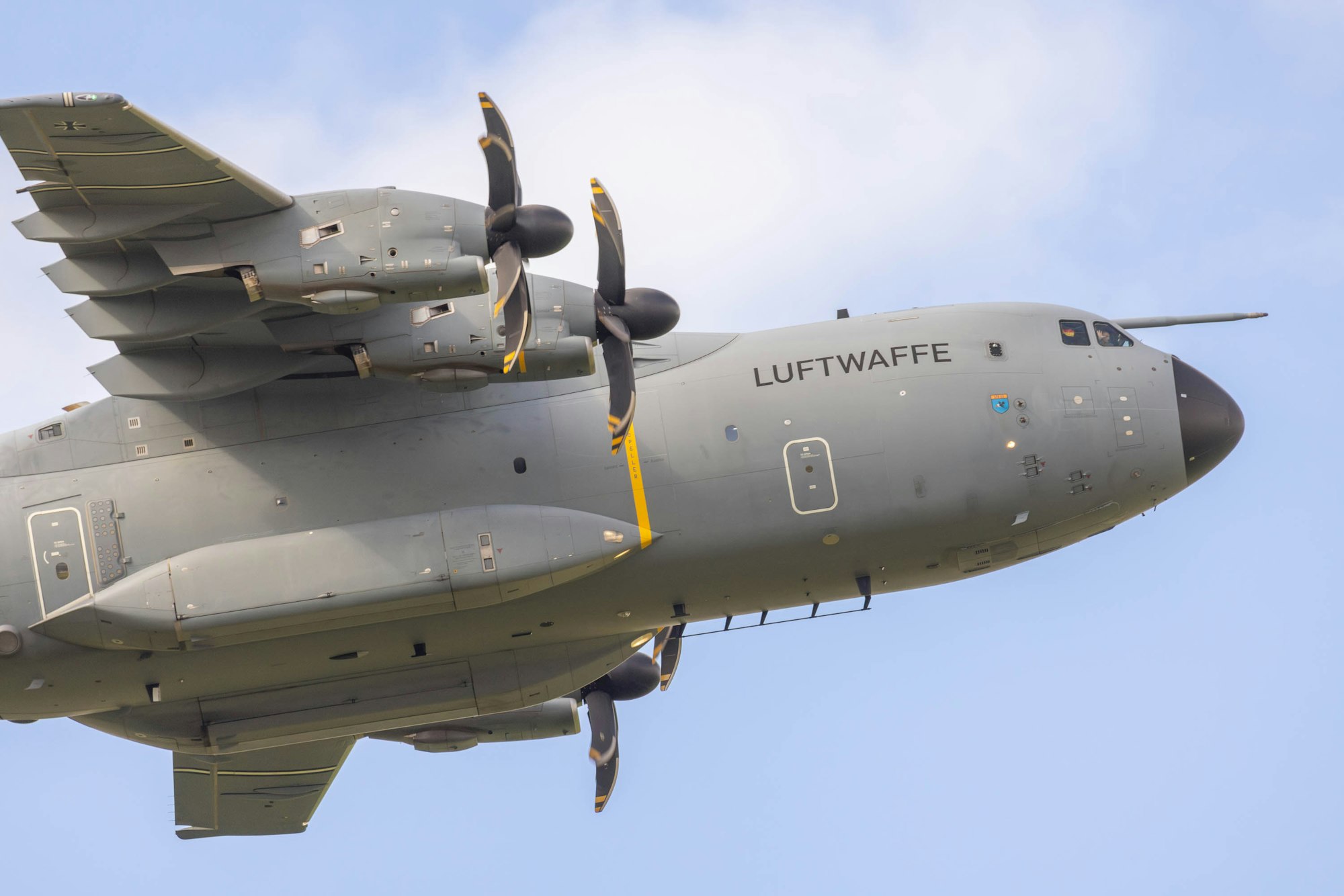NATO SNMG1: Ramped Up Baltic Sea Defense After Sabotage of Estlink-2 Undersea Cables
NATO's Standing Maritime Group 1 (SNMG1) has intensified patrols in the Baltic Sea following the suspected sabotage of Estlink-2 undersea cables connecting Estonia and Finland.
NATO Ramps Up Baltic Sea Defense After Suspected Sabotage of Undersea Cables
In response to escalating threats in the Baltic Sea, NATO is intensifying its military presence following a suspected sabotage incident involving undersea cables connecting Estonia and Finland. The December 25, 2024, incident, which damaged the critical Estlink-2 power cable, is under investigation by Finnish authorities. This event has raised significant concerns about the security of vital infrastructure in the region, prompting NATO to take action.
The Estlink-2 Incident: Suspected Sabotage
The undersea cables, essential for power transmission and communication, were reportedly damaged by the Russian-linked vessel Eagle S. Finnish authorities suspect the vessel dragged its anchor along the seabed, severing the cables. The Eagle S has been detained, and investigations are ongoing. This event is one in a series of suspected attacks on critical infrastructure in the Baltic Sea, heightening security concerns.

NATO's Response: Enhanced Maritime Vigilance
On December 30, 2024, NATO allies met in Brussels to discuss the incident and its implications for regional security. In a show of solidarity with Estonia and Finland, NATO announced increased vigilance in the Baltic Sea. Key measures include:
- Increased Naval Patrols: NATO has deployed additional ships to the region to deter further incidents.
- Critical Undersea Infrastructure Protection: The recently established Maritime Centre for Security of Critical Undersea Infrastructure, operational since May 2024, will lead efforts to secure these assets.
- Utilizing SNMG1: Standing NATO Maritime Group 1 (SNMG1), NATO’s rapid-response naval force, will play a central role in these operations.
What is NATO's SNMG1?
The Standing NATO Maritime Group 1 (SNMG1) serves as a critical maritime task force within NATO, operating across the North Atlantic, North Sea, and Baltic Sea. Established in 1967, SNMG1 was initially known as the "Standing Naval Force Atlantic" before adopting its current name in 2005. This multinational force comprises several destroyers and frigates, often supported by a replenishment ship, contributed by NATO member states.
SNMG1 operates both in international waters and within the national jurisdictions of NATO allies. The task force's objectives include enhancing interoperability among member states through regular training exercises, maintaining readiness for collective defense, and conducting various missions such as embargo enforcement, search and rescue operations, and humanitarian assistance.
In 2015, the North Atlantic Council authorized NATO's Supreme Allied Commander Europe (SACEUR) to integrate permanent maritime groups like SNMG1 into the "Very High Readiness Joint Task Force" elements. This underscores the force's dual role as a spearhead of NATO’s rapid response capability and a to allied defense.

Current SNMG1 Composition (October 2024):
- Flagship: HNoMS Maud (A530) – Norway
- Frigates:
- HNLMS De Ruyter – Netherlands
- NRP Dom Francisco de Almeida – Portugal
- FS La Fayette – France
Commanded by Commodore Thomas Stig Rasmussen of Denmark since July 2024, SNMG1 exemplifies NATO’s commitment to collaborative defense.

SNMG1 Key Operations:
SNMG1 is versatile, handling tasks such as:
- Maritime Security: Protecting sea lanes and deterring potential threats.
- Collective Defense: Upholding NATO’s defensive commitments.
- Crisis Response: Providing immediate capabilities during emergencies.
The group recently participated in exercises like Northern Coasts 2023, a German-led drill involving over 3,000 personnel from NATO countries, enhancing interoperability and readiness.
NATO's Interest in Baltic Sea Security
The Baltic Sea, a critical region for trade and energy transit, has become a focal point for geopolitical tensions. SNMG1’s operations in this area reinforce NATO’s deterrence posture while reassuring member states of the alliance’s support. These efforts are vital not only for regional stability but also for safeguarding global supply chains dependent on secure maritime routes.
Future Measures and Deterrence
NATO is actively exploring additional measures to address emerging threats, leveraging cutting-edge technology and intelligence sharing. By enhancing situational awareness and deploying advanced naval assets, the alliance aims to deter future sabotage attempts and ensure the resilience of critical infrastructure.
Conclusion
The December 2024 cable incident emphasizes the importance of safeguarding undersea infrastructure and addressing maritime security challenges. NATO’s response, including the deployment of SNMG1, reflects an ongoing effort to enhance cooperation and preparedness in the region. By collaborating with member nations and other partners, NATO aims to promote stability and secure critical infrastructure in the Baltic Sea.








